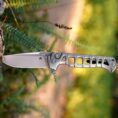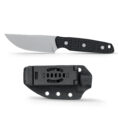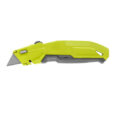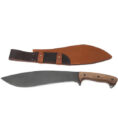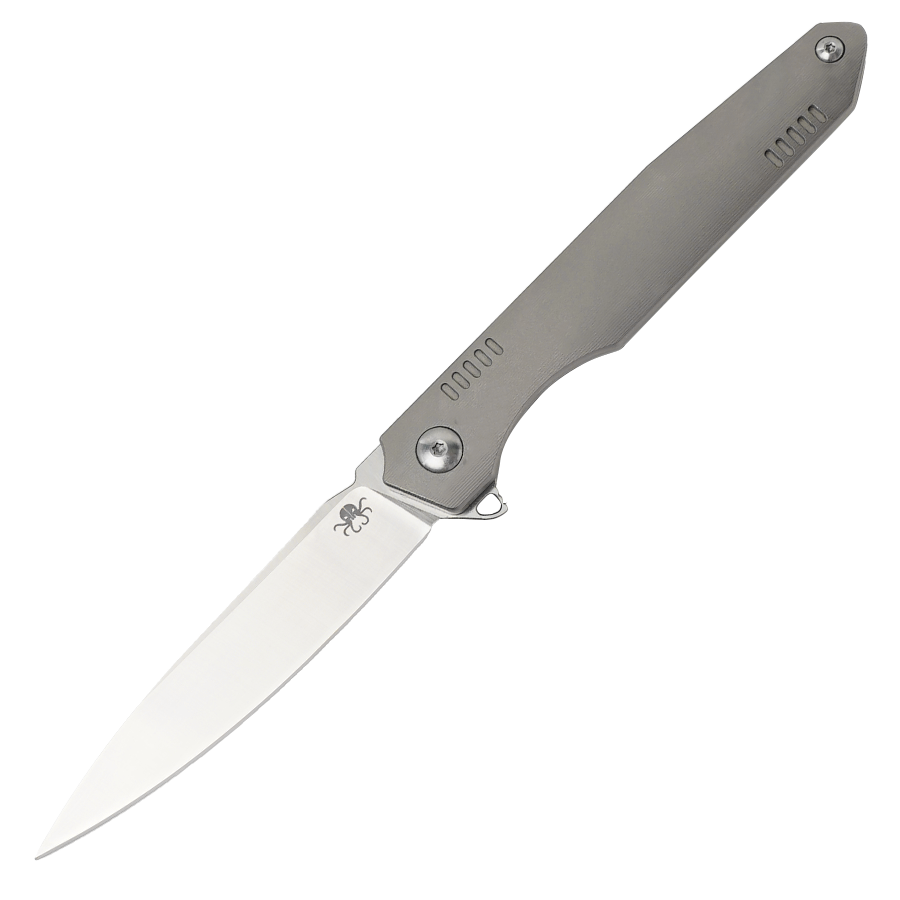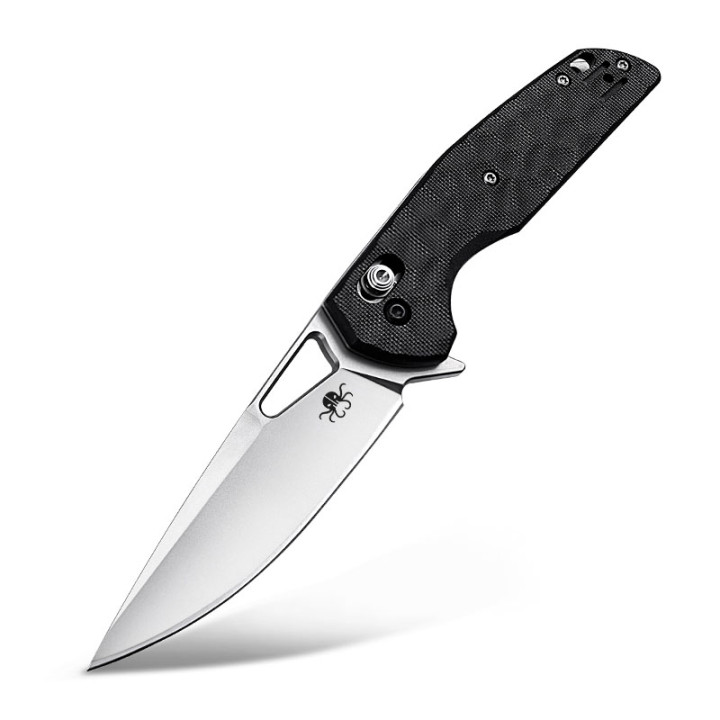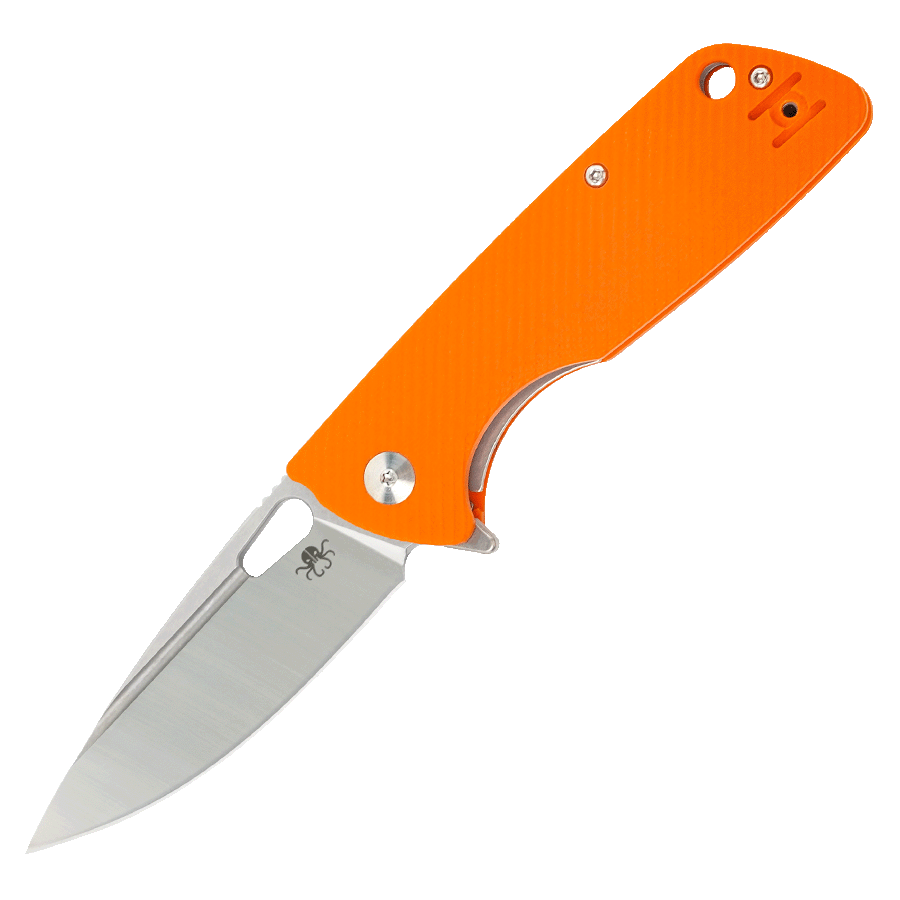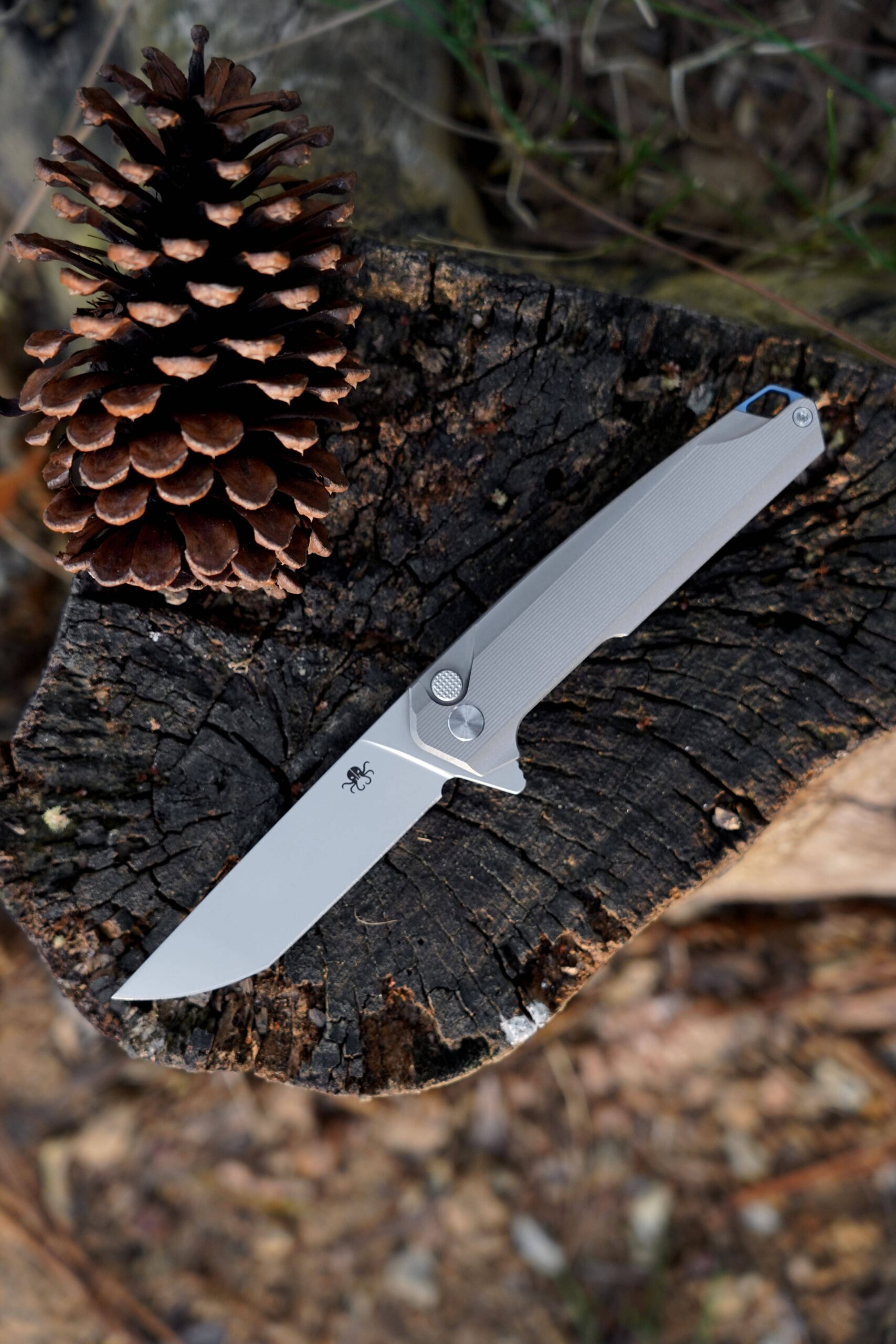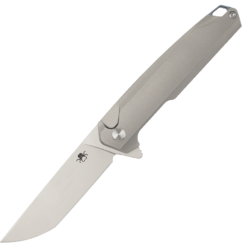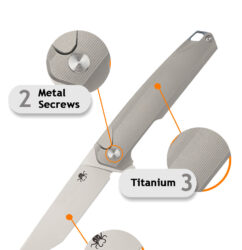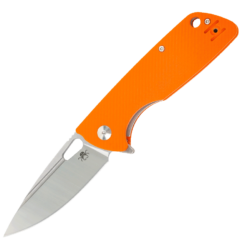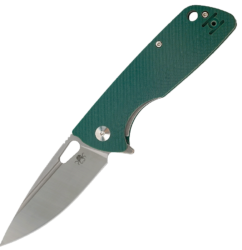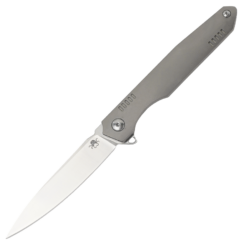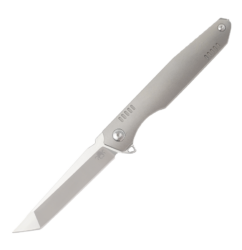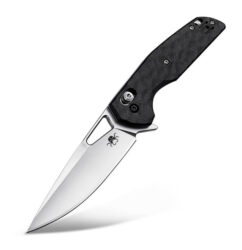The Origins of the Folding Knife: A Journey Through History
The folding knife is one of humanity’s oldest and most practical tools, offering portability, safety, and versatility. But who invented the first folding knife? The answer is shrouded in the mists of ancient history, with evidence suggesting that early civilizations developed folding blades independently. This article explores the origins of the folding knife, its evolution, and its significance throughout history.
The Earliest Folding Knives: Ancient Innovations
The first known folding knives date back to the Iron Age, around 600-500 BCE. Archaeologists have discovered folding blade artifacts in Europe, particularly in regions occupied by the Celts and Romans. One of the oldest surviving examples is a Roman folding knife from the 1st century CE, found in Pompeii. This knife featured a simple pivoting mechanism, allowing the blade to fold into the handle—a design remarkably similar to modern pocket knives.
However, some historians argue that folding knives may have originated even earlier. Ancient Greek and Etruscan civilizations also used folding blades, primarily as multi-purpose tools for eating, crafting, and personal defense.
The Roman Influence: Folding Knives as Everyday Tools
The Romans were among the first to mass-produce folding knives, using them for various tasks, including:
- Eating (early versions of folding table knives)
- Surgical purposes (Roman doctors used folding scalpels)
- Military and utility use (soldiers carried compact folding knives)
These knives typically had bone, wood, or bronze handles and iron blades. The Roman folding mechanism was a precursor to modern slip-joint knives, which rely on friction to keep the blade open.
Medieval and Renaissance Developments
After the fall of Rome, folding knives continued to evolve. During the Middle Ages, they became essential for peasants, merchants, and nobles alike. Shepherd’s knives, a type of folding blade with a built-in hoof pick, were common among European herders.
By the Renaissance, folding knives became more refined. Wealthy individuals carried ornate folding knives with engraved handles made of ivory or precious metals. Meanwhile, sailors and explorers relied on sturdy folding knives for survival.
The Birth of the Modern Pocket Knife
The 18th and 19th centuries saw significant advancements in folding knife technology:
- Spring-assisted mechanisms were introduced, leading to the slipjoint knife (still popular today).
- The French “Opinel” knife (1890) became a classic design with its simple wooden handle and locking ring.
- The Swiss Army Knife (1891) revolutionized multi-tool folding knives, originally created for Swiss soldiers.
Who Truly Invented the First Folding Knife?
While no single inventor can be credited, the folding knife likely emerged independently in different cultures. The Romans perfected early designs, but similar tools existed in China and the Middle East. The true “inventor” remains unknown, as folding knives evolved organically from necessity.
Conclusion
The folding knife is a testament to human ingenuity, evolving from ancient utility tools to modern EDC (everyday carry) essentials. From Roman soldiers to Swiss engineers, countless individuals contributed to its development. Today, folding knives remain indispensable—whether for outdoor survival, culinary use, or simple everyday tasks.
Would you like me to expand on any specific era or type of folding knife?

